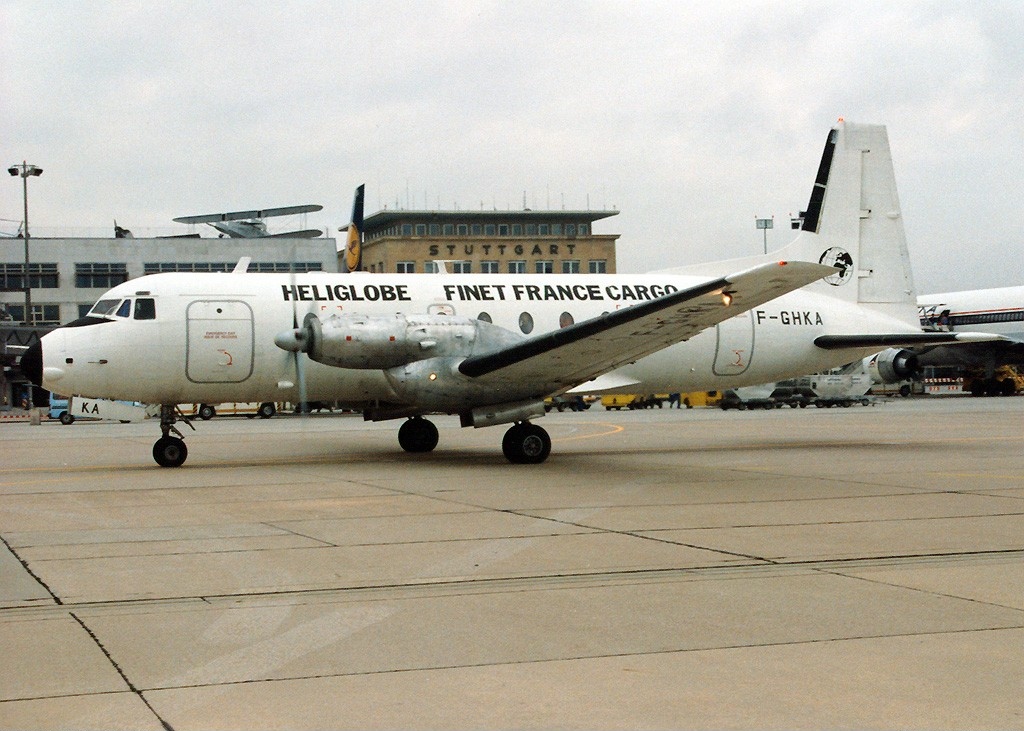Hawker Siddeley Hs 748 Pdf Free
FS2004 Hawker Siddeley HS.748 v1 full. Hawker-Siddeley HS. Free Download Picture Style For Canon 60d. 748 V1 Manual.pdf: 04.02.06. Scanned within the last 30 days with ClamAV and found to be free of all. Hawker Siddeley HS.748 de Dan Air London. Hawker Siddeley HS.748 de Bouraq Indonesia Airlines en 1974. PDF Format - Free Acrobat PDF Reader required!
Avro 748 Series 1 at, Buenos Aires, in 1972 The original 748 design was started in 1958, after the ended most military manned-aircraft development in the UK, and Avro decided to re-enter the civilian market. The had the larger end of the short-haul market, and Avro therefore decided to design a smaller powered by two engines, intended to replace the many that were by then reaching the end of their economic lifespan. Original plans were for a 20-30 seat aircraft with a similar configuration to the, but talks with potential customers soon led to a low-wing 40 seat design being chosen for the 748 project. Avro was not the only company to see the potential for a DC-3 replacement, and by this point work on the 748's direct competitor, the turboprop, was well advanced. Avro therefore decided to compete by producing a more rugged design with better, allowing it to operate from smaller airports and those with rough surfaces. This was accomplished with a long, and a unique with a hinged at the trailing edge.
The wing was mounted low on the fuselage with from the root, allowing good overall ground clearance and easy mounting of strong durable. Other features of the 748 included an internal engine starting system, and systems and structures that were designed to be easy to inspect and repair in the field with limited equipment. The 748 was one of the first medium-sized aircraft to use in the structure, instead of the then common principles. Because of these features, the 748 quickly became popular (and still is today) with a variety of airlines operating in remote areas thanks to its ability to haul of over 10,000 lbs in and out of short rough fields with little to no ground service equipment. The first Avro 748 flew from the company's aircraft factory on 24 June 1960, and testing of the two prototypes quickly proved the type's short-field performance.
18 Avro 748 Series 1 aircraft were produced, the first for being delivered in April 1962. However, the majority of the series 1 were delivered to.

By this point, Avro's individual identity within the Group had ended and the design became known as the HS 748. After the initial batch of series 1 aircraft production switched to the series 2, which was similar to the series 1 but with more powerful RR Dart RDa 7 Mk 531 engines and increased gross weight. In 1967 the series 2A was introduced which, again, was the same basic aircraft but with Mk.
532 engines and a further increase in gross weight. From 1971 on, a large freight door in the rear cabin and strengthened cabin floor were offered as options on the Srs 2A. In 1979 the Series 2B was introduced, which featured a 4-foot increase in at the tips, Mk 536-2 engines, a modernized passenger cabin, and improvements to the fuel,, and engine. In 1972, a Hawker Siddeley 748 was one of the last planes to be flown by noted aviator. He took part in several flights, accompanied in the cockpit by Hawker Siddeley test pilot Tony Blackman, and taking off from the company's airfield at Hatfield. The 748 Series 1 and Series 2 were also licence-produced in by (HAL) as the HAL-748. HAL built 89 aircraft in India, 72 for the and 17 for the.
Hawker Siddeley also used the HS 748 as the base for their HS 780 Andover, a transport aircraft built for the Royal Air Force. The HS 780s were essentially 748s but with a redesigned rear and which included a large rear loading ramp and a squatting main landing gear to allow fast and easy loading of large freight items. Production of the HS 748 ended in 1988, by which time 380 were produced (including the Andover and HAL-748). Typical passenger seating in the HS 748 is for 40-48 seats (4 abreast), however most passenger HS 748s still in service are operated as quick change combis, with a movable dividing the main cabin two, with anywhere from 4 to 40 seats in the rear section and cargo in the forward section. The 748 is also widely used as a pure freighter with a typical max payload of about 12,000 lbs. Several carriers also use the 748 as a bulk fuel hauler, with either seven or eight fixed tanks in the cabin with a total capacity of about 7500 litres (2000 US Gallons).